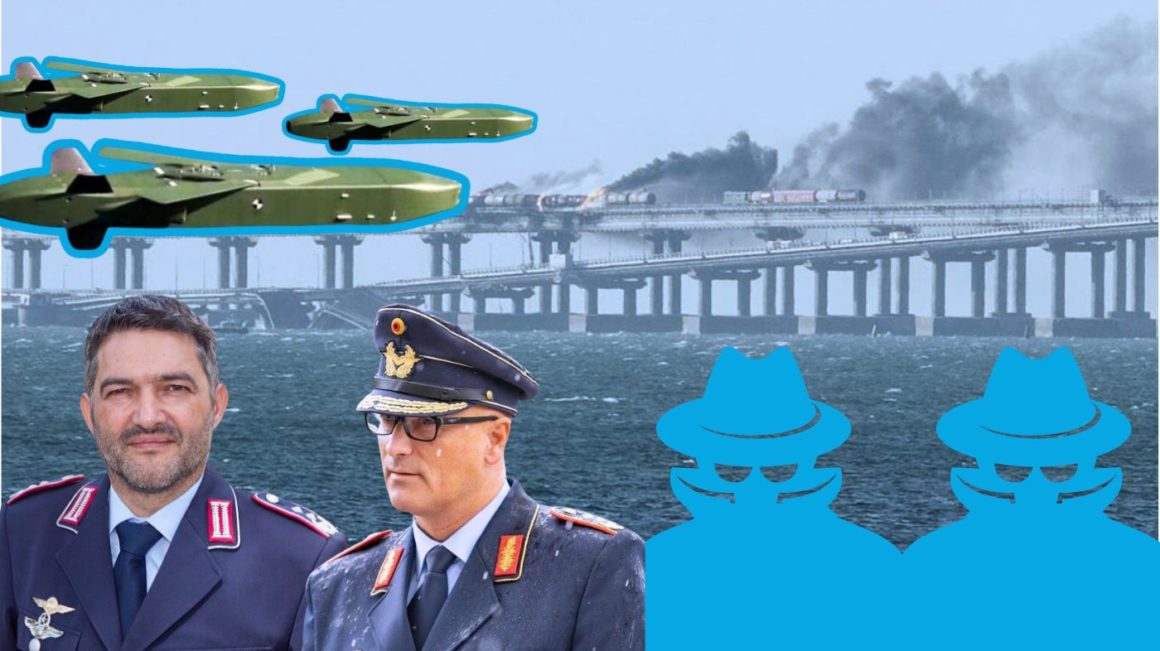Euromaidan Press' translation of the intercepted conversation of German military commanders
Gerhartz: I wanted us very briefly to align ourselves beforehand. In particular, comrades Florstedt and Fenske know how the whole thing came about. The Minister of Defense really wants to really get deep into Taurus, although the appointment is only half an hour. We won't be able to get this thing off the ground, to put it this way, I don't see any triggering momentum behind it at the moment.It's not like the Chancellor just said, "hey, get smart again, and then let's decide tomorrow." But he saw Pistorius again through this discussion that keeps coming up repeatedly. Nobody knows why the Chancellor is blocking [Taurus delivery to Ukraine], so adventurous rumors arise.
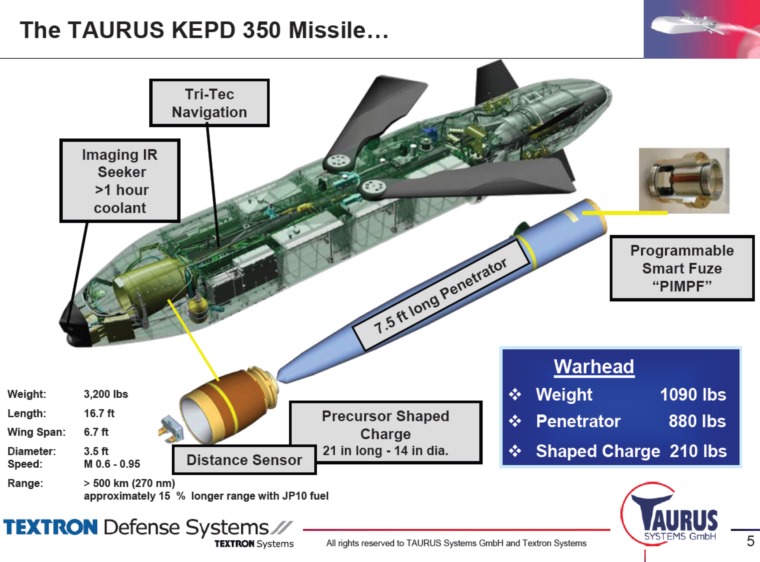
I got a call yesterday from a journalist who is extremely close to the Chancellor. She had heard in Munich that the Taurus wouldn't work at all. I thought, "who tells such bullshit?" She said that someone in uniform told her that; of course, she doesn't give away her source. She now wants to make a mega headline out of it, like, "we finally have the reason why the Chancellor is not delivering Taurus [to Ukraine], because the thing doesn't work at all."
Of course this is total nonsense, We even do firing campaigns every other week, the last one was not so long ago. But in the meantime, nonsense is floating around. That's what I wanted to briefly coordinate with you, so that this doesn't go in the wrong direction.
So first of all my question to Florstedt and Fenske. Has anyone spoken to you directly? Has General Freuding contacted you?
Florstedt: No, I only heard from Frank.
Fenske: Negative for me too, I only communicated with General Gräfe.
Gerhartz: Maybe he will still contact you. The presentation is half an hour long, and I might not be there. I could be in the Budget Committee at this time. We have an issue with a slight price increase in the F-35 infrastructure in Büchel (a military air base of the German Air Force). The costs were underestimated, and there is great frustration now. So, you could be on your own then. Make a presentation, but not a slideshow of 30 slides - it should be a short pitch.
We showed him a demo show, where there was a Taurus on the carrier next to the Tornado. Perhaps show how it looks mounted on the Tornado or for example what a mission planning system looks like. Tell a little bit about how the Taurus works, what it can do, how it is used.
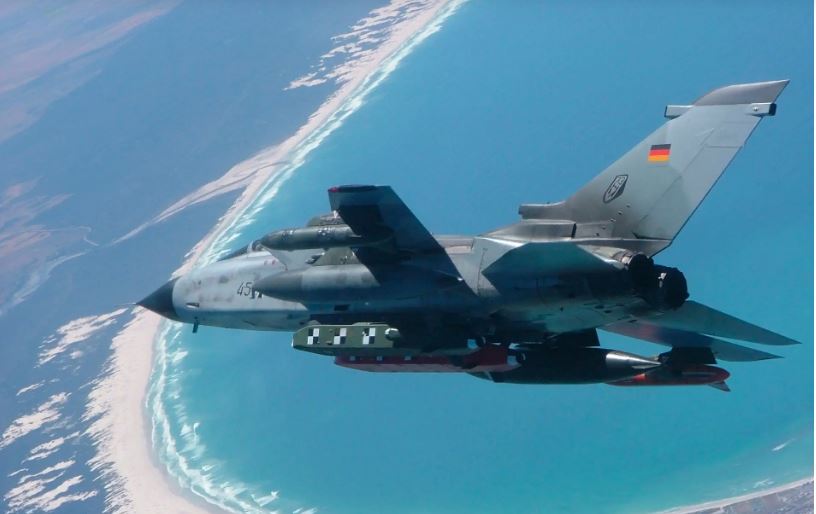
But of course, it still gnaws at the back of his mind, if we were to make a political decision to support Ukraine with this, how could the whole thing ultimately turn out? And I would be grateful if you would not only present the problems but also always provide the solutions.
For example, when it comes to mission planning, the English do it entirely through reachback. They also have a few people on-site. Reachback refers to providing remote support, expertise, and capabilities from outside the main operating area. In this context, it involves German forces leveraging resources and knowledge from Germany to assist Ukrainian forces in employing advanced weapons systems without needing to deploy personnel directly into Ukraine. Reachback allows Germany to support Ukraine's defense from a distance. This could involve remote technical support, strategic planning assistance, and possibly real-time data and intelligence sharing.
Trending Now
The French, on the other hand, do not do this but perform quality control) on the Ukrainians when loading the Scalp as, technically, Storm Shadow and Scalp are relatively similar. I was told: yes, good heavens, they could also look over the Ukrainian's shoulder during Taurus loading.
The question is, how do we solve this? Do we let [the French] do the mission planning and give them MBDA support in a reachback manner and then bring one of our people to MBDA? MBDA is a European missile developer and manufacturer with operations in several countries, including France, the UK, Italy, and Germany. Given MBDA's experience in missile technologies, their role would likely encompass providing guidance on integrating missile systems (such as Taurus) onto Ukrainian platforms, offering solutions for operational challenges, and ensuring the missile systems' effective use. So I would like to ask again: how did we always position ourselves, how would we do it? Gräfe: I'll start with the most sensitive issues. One is the timing. If now the Chancellor says, we'll hand [the Taurus] over after all, but the Bundeswehr comes and says "great, but it will take eight months". And the second thing, of course, is we can't shorten the time; imagine it goes wrong after a misdeployment and the thing falls on a kindergarten, causing civilian casualties. So, these are the two left-right limits between which one must weigh. One track is the delivery of the missiles. We actually have nothing to do with that, and we can't do anything without the company. It would then be a goal, as it is also with the rockets from IRIS-T (the sophisticated German air defense system Ukraine received to bolster its defense during Russia's war), to retrofit and deliver the first missiles relatively quickly. Rudimentary things such as a little overhaul, taking down insignia, etc would need to be done. But we must not wait until 20 are ready, we could theoretically give away the first five. So that would be the first track. How fast can they be delivered? That completely depends on the industry. And then there is still the question of who pays for this. The second question is that of the interface. How do you attach it to which weapon system? This would need to be done by some tinkerer from Ukraine with the company. Because we don't have any stakes regarding integration into SU [possibly - Sukhoy jet], right? Gerhartz: I don't think so, although here TSG (Taurus Systems GmbH, a joint venture between MBDA Deutschland GmbH (a part of MBDA) and Saab Dynamics. Taurus Systems GmbH is responsible for the development, production, and maintenance of the Taurus KEPD 350 missile system) says they can do [the integration] in about six months, [fitting it] either on a Sukhoy plane or F16. Gräfe: We do not have any stakes, but if the message comes that the Chancellor has decided [to give Taurus] after all and then the next message is that it takes six months just for the interface, the positive news will quickly become negative news. The third case that could theoretically affect us is training. We said back then, similar to IRIS-T, that we do it in cooperation with the industry: the industry trains on how to operate the system, and we provide people to support the whole thing tactically. We spoke of three to four months at most; this would be the part done in Germany. We would have to find a quick solution for the first flights. Perhaps the British could help both with the interface and the training, if they look at the thing with their know-how of [fitting] the Storm Shadow, it can't be such a big difference. Ukraine ingeniously adapted to deploy the Storm Shadow precision cruise missiles, designed for launch from aircraft like the Royal Air Force's Tornado GR4 jets, from its Soviet-era Su-24M and Su-24MR supersonic bombers. They were adapted using modified pylons from decommissioned RAF Tornado GR4 fighters. This adaptation required pre-flight input of coordinates, as the Soviet avionics on board the Ukrainian aircraft do not allow for in-flight communication with the missile system.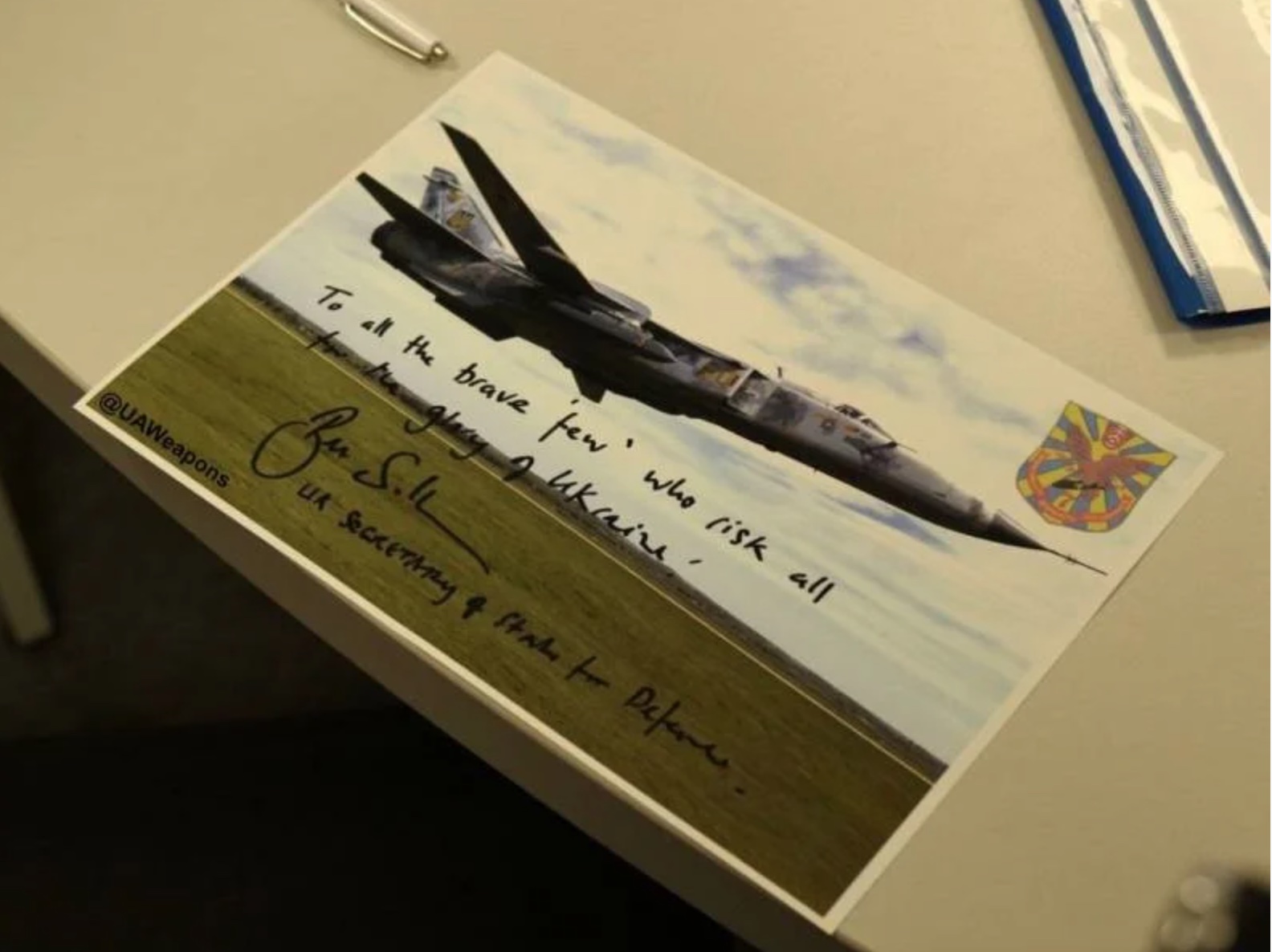
A video by Ukraine's Air Force showing the work of the Patriot air defense system in Ukraine
But now, I also want to see and hear your perspective, Fenske, Florstedt, especially regarding a potential delivery to Ukraine. Fenske: I would like to revisit the training aspect again. We've already looked into it; if the right personnel come and can be trained in parallel, we're looking at about three weeks of industry training and a training phase that we, the Air Force, can conduct in about four weeks. So, we're already significantly below twelve weeks, assuming we have the appropriately qualified personnel that we can do it without an interpreter and such. A few more details to consider. We've already spoken with Ms. Friedberger. Regarding deployment, the recommendation is to support at least the first missions. Since planning is very complex, it takes us about a year to train our own personnel. We're trying to compress that down to, let's say, ten weeks with the expectation that they can handle Formula 1 race cars both off-road and on track. So, supporting planning techniques would be a possible variant. This could theoretically even be done from Büchel, with a secure line to Ukraine. Transfer the data file over, and then it would be available and could be planned together. So that would be the worst-case scenario. The minimum would be to support everything through the industry with a User Help Desk, which could provide support for software questions, much like we have in Germany. Gerhartz: So, let me dive right in, Mr. Fenske. If there were political concerns that this direct line from Büchel to Ukraine might be seen as too direct involvement, yes, politics and all. One could also say, okay, the data file will be created by MBDA, and we send our 1 or 2 experts to Schrobenhausen (town in Bavaria that is home to significant German arms manufacturers like MBDA and TDW). Although that is total nonsense, just seen that way, but politically maybe something else, if the data file comes from the industry, not directly from us.Fenske: Yes, the question is, where does the data come from? When it comes to the target data, which ideally comes with satellite images that give us the highest precision, with an accuracy below three meters, they must be first processed in Büchel.
I think we could make the data transfer between Büchel and Schrobenhausen work. Another possibility is that you send the data file to Poland, and the handover-takeover takes place somewhere in Poland, and someone drives there by car. You have to look into the details, then solutions will be found.
So at the moment when we have the support, in the worst case, I will have to commute back and forth by car, which affects the reaction time. So you might not be able to respond within hours, although we could get down to six hours from assignment to aircraft airborne.
Then we also have precision that is unfortunately greater than three meters, which could be sufficient for some targets. If I want to have higher precision, and therefore work with satellite images and model the target, then it could take twelve hours. It depends on the target in each case.
So I've never looked at the details, but I think it will also be possible. However, we need to state that we require a data line capable of handling this
Gerhartz: Considering what Ukrainians are already doing, with many individuals there walking around in civilian clothes speaking with American accents, do you believe they can quickly adapt? As they already have access to all the satellite imagery. Fenske: This ties into the need to penetrate air defenses, something we're confident in doing, especially since we can operate at low altitudes with IABG and NDK data supporting us. We definitely need to provide them with this data so that I can fly below radar detection at an altitude of 21 meters, maximizing mission planning efficiency, unlike Storm Shadow's waypoint-based planning, but actually navigating around or under the systems. Providing this data will likely lead to quick learning effects. Then, we'll quickly come to the issue of missile count; if I choose a number like 50, then those 50 missiles could be quickly used up. Gerhartz: Clearly, this won't change the course of the war; for this we do not have..., we're not giving them all away, and not all assets are intended for this purpose. This goes without saying. So, one might suggest allocating 50 units in the first installment, and if we were to push ourselves to deliver another 50, that would likely be our limit. But then, we enter into the realm of big politics. I suspect there might be significant momentum building because, based on what I've heard from my British and French colleagues, they are almost out of their Storm Shadows and Scalps. Thus, they might propose, before we proceed with further deliveries—since we've already made a second round of deliveries—perhaps it's time to involve Germany in this discussion. Florstedt: Yes, today I delved into this once more and took a pragmatic approach. I thought about what the unique selling point is compared to the Storm Shadows and air defense -- robustness, altitude, etc. And I realized there are two interesting types of targets: a bridge in the East [the Crimean Bridge] and munition depots that we can penetrate.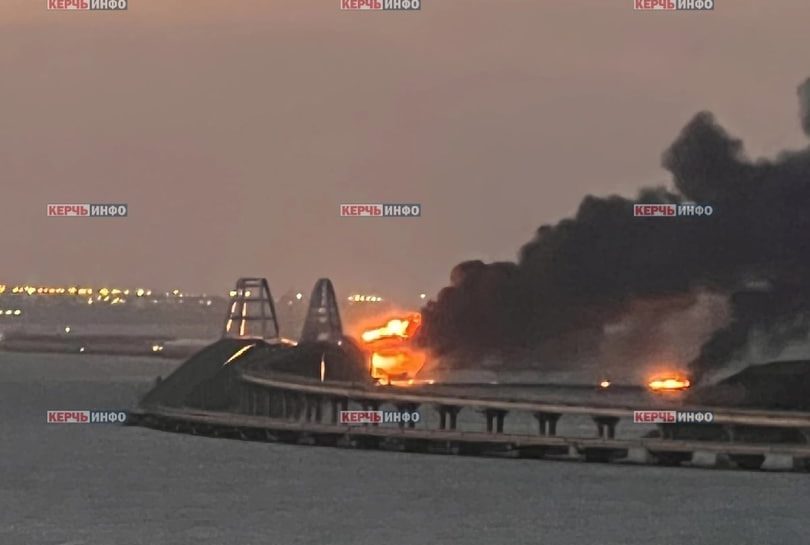
Is it reachable (inaudible)?
And I've concluded, yes, it's fundamentally feasible. The limiting factor is the number of Su-24s left, which would be in the single digits. Gerhartz: Yes, exactly. Florstedt: And I've selected a few release points and said, look, fundamentally it's doable, and how do you teach the Ukrainians the TTPs [Tactics, Techniques, and Procedures]? I'd estimate it could be taught to the pilots in under a week. But it really comes down to us: what are we actually doing now with mission planning? We need to consider both it and centralized planning. Training for the mission planning takes two weeks within our unit; if you don't focus on SRZV, it goes relatively quickly. That said, looking at a bridge, what I wanted to point out is that the TTP of the Taurus isn’t sufficient for simply targeting it. This means I need imagery to understand how the Taurus can operate, and for that, we need the mission data. I'm not sure if we can train Ukraine in a timely manner—obviously, speaking in terms of months as we currently are, but ideally in a shorter period—on what a bridge pillar looks like for the Taurus and how to teach them this.Therefore, from an operational perspective, it's difficult to assess how quickly this "image planning," let's say, can be imparted to Ukraine and how quickly integration can occur. But otherwise, fundamentally, TTS (Tactical Training Schools) for me would focus on the bridge and munition depots, and I generally see the potential to teach the people quickly.
Fenske: I’d like to quickly add something about the bridge: we’ve looked at it intensively, and unfortunately, it is like an airfield in size. This means that I might need 10 or 20 missiles for it. Florstedt: I would estimate if you focused on the pillars when designing the release points...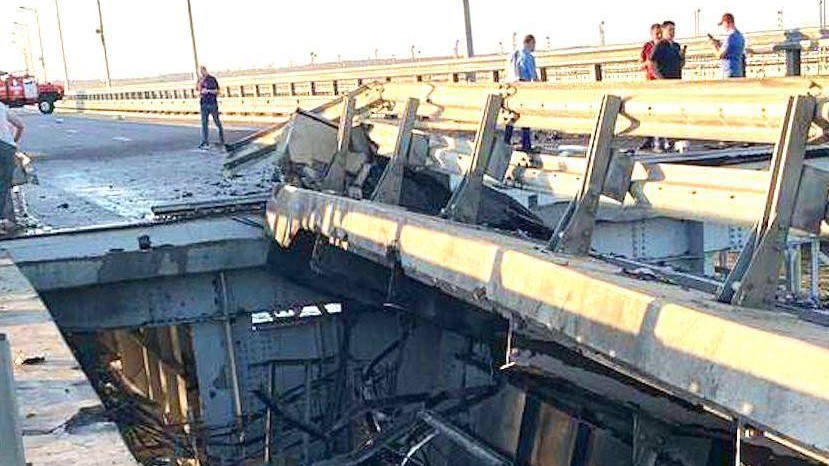
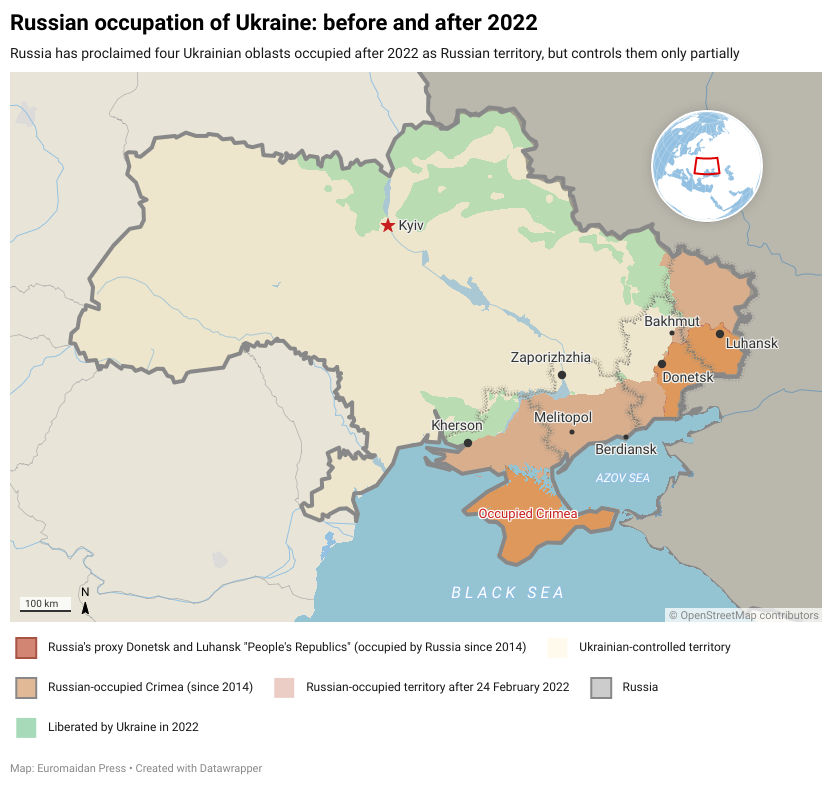
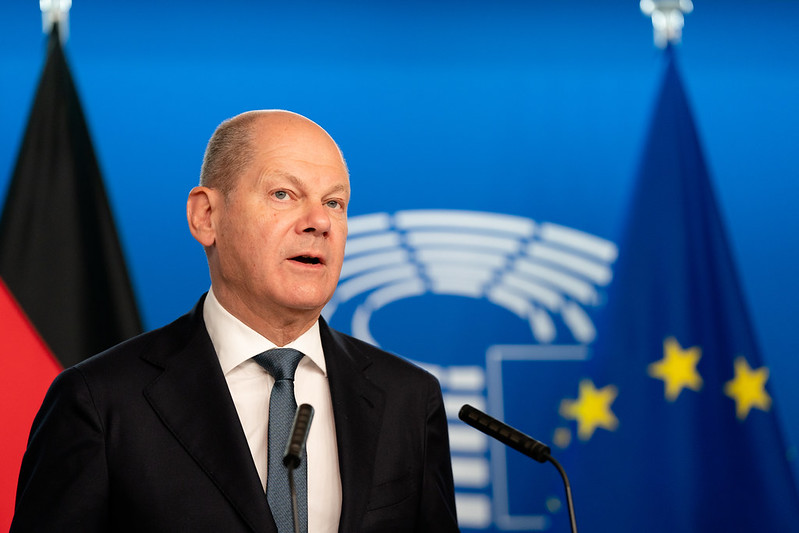
- UK MP: Germany leak of UK military tactics in Ukraine security breach worrying on many levels
- Germany probes Russia’s leak of military call discussing Taurus missiles for Ukraine

